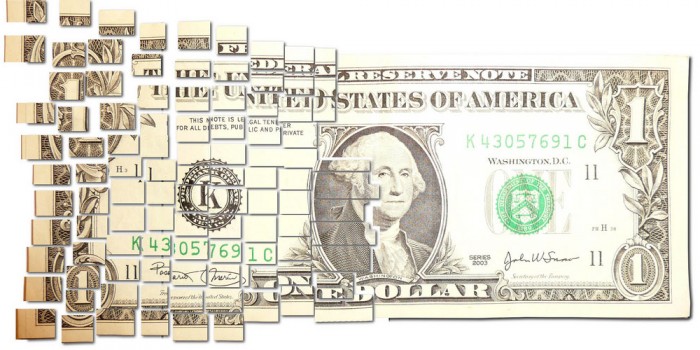Learning from Bus Buddhists
In psychological terms, context is almost everything. Much as we like to think that we know how we will act and react in a given situation, without the richness of...
Beyond Economics: Valuing Behavioural Insight

Despite the millions spent on market research, there is relatively little effort made to gauge the value of that investment. For the most part there is a default assumption, a belief, that asking people questions is a valid and useful thing to do (it often isn’t).
One of the foundations of behavioural insight is that, with the precarious nature of the unconscious mind factored in, studies tend to be designed to isolate one or two variables, thereby proving their effect statistically-speaking (within the context of the study).
Those that argue that market research also has statistical reliability at its core make a simple but crucial error: the base data to which those statistical processes are applied is unreliable because of the space that exists between the conscious and unconscious mind (something I call ‘The Mind Gap’).
One study set out to go beyond identifying unexpected influences, and sought to put a value on them.
Using a genuine mailing to existing clients of a South African financial services company, more than 50,000 recipients were offered a loan. In addition to varying the interest rate that was offered, they also included elements that have been shown to influence consumer behaviour – testing ten in all:
The people taking part were not naive consumers, on average they had taken out three loans prior to receiving the mailing.
It’s important to note that not everything that was tested, that had been shown in different contexts to be potentially influential, made a difference in this study. Psychological studies can get you looking in the right direction, but there is no substitute for your own carefully controlled testing.
Interesting results include the discovery that incorporating just one example of repayments by way of description was more effective than providing several – the former increased demand by 9%.
Perhaps most interesting of all were the discoveries relating to the inclusion of a person’s photograph: a male face in the mailer had a negative effect on the take-up of the offer, whereas including a female face did influence people to take out a loan. The strongest effect of a female face was on men.
The results showed clearly that demand was not simply a by-product of the rational component of the offer, the rate, nor of the more obvious associated elements, such as the brand.
Companies looking to increase the effectiveness of any aspect of their marketing activity would do well to learn from the approach used in this study: there really is no substitute for testing and learning.
Complaining that to do such testing reduces economies of scale or adds complexity is really beside the point; the question must be, “Do you want to learn what makes a difference to your business or not?” In the longer term any additional cost from such testing should pay for itself many times over, and the fact that it’s doing so will be demonstrably apparent.
Source: Bertrand, Marianne, Karlan, Dean S., Mullainathan, Sendhil, Shafir, Eldar and Zinman, Jonathan, What’s Psychology Worth? A Field Experiment in the Consumer Credit Market (July 2005). Yale University Economic Growth Center Discussion Paper No. 918
Image courtesy: photosteve101